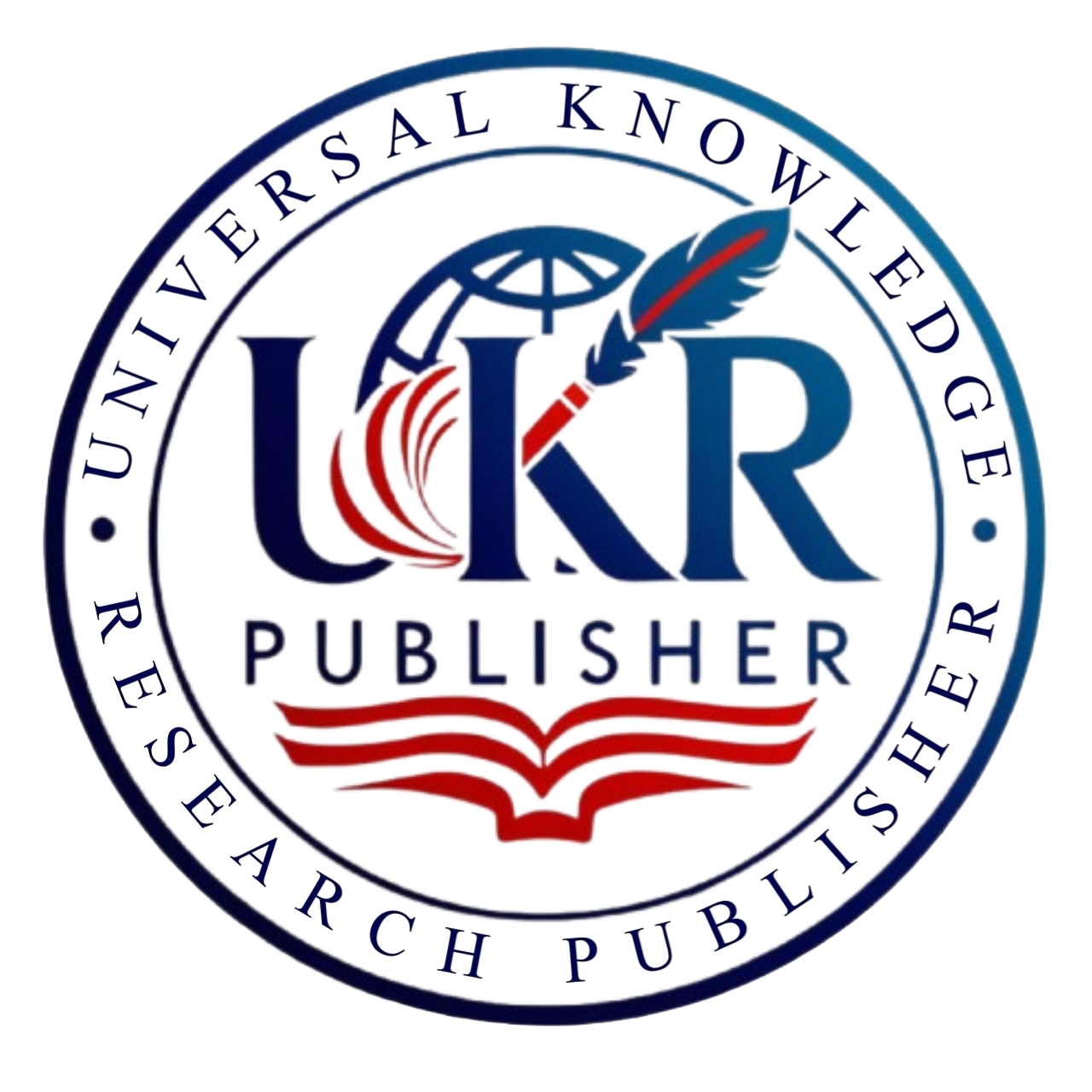Helicobacter pylori dual testing yields a high discrepancy between Antibody and Antigen test methods among symptomatic patients at Makerere University Hospital, Uganda
- Masiga F1; Ssempijja J1; Okure S1; Echou J1; Nalule B2
-
DOI: 10.5281/zenodo.15812886
-
UKR Journal of MultidisciplinaryStudies (UKRJMS)
Background: Helicobacter pylori infection is an important risk factor for the development of peptic ulcer disease. This study determined the prevalence of H. pylori infection and associated factors among patients presenting with dyspeptic symptoms at Makerere University Hospital.
Methods: Serum and stool samples from 122 randomly selected participants (64 females and 58 males) were screened using Whole power antigen test cassettes and Vaxpert H. pylori Antibody strips. The demographic and clinical information of the participants were obtained using a structured questionnaire.
Results: Out of 122 screened participants, 72 (59.02%) tested positive for H. pylori antigen while 96 (78.69%) were positive for H. pylori antibody with a positivity agreement of 47.54% and negativity agreement of 9.84%. Among females, 44 (36.07%) and 50 (40.98%) tested positive for antigen and antibody respectively. On the other hand, among the males, 28 (22.95%) and 46 (37.7%) tested positive for antigen and antibody tests respectively. The discrepancy between Antigen and Antibody results was 42.62%. A statistically significant difference was found between H. pylori antigen and antibody test methods. Among the risk factors, H. pylori infection was associated with the awareness of and the presence of a garbage collection point or sewage system around the place of residence (p-value 0.04 and 0.009) respectively.
Conclusion: There is a high discrepancy between Helicobacter pylori stool Antigen test and serum Antibody test methods estimated at 42.62%. There is a high prevalence of H. pylori infection among patients presenting with dyspeptic symptoms estimated at 90.2% by dual Antigen/Antibody test methods.

